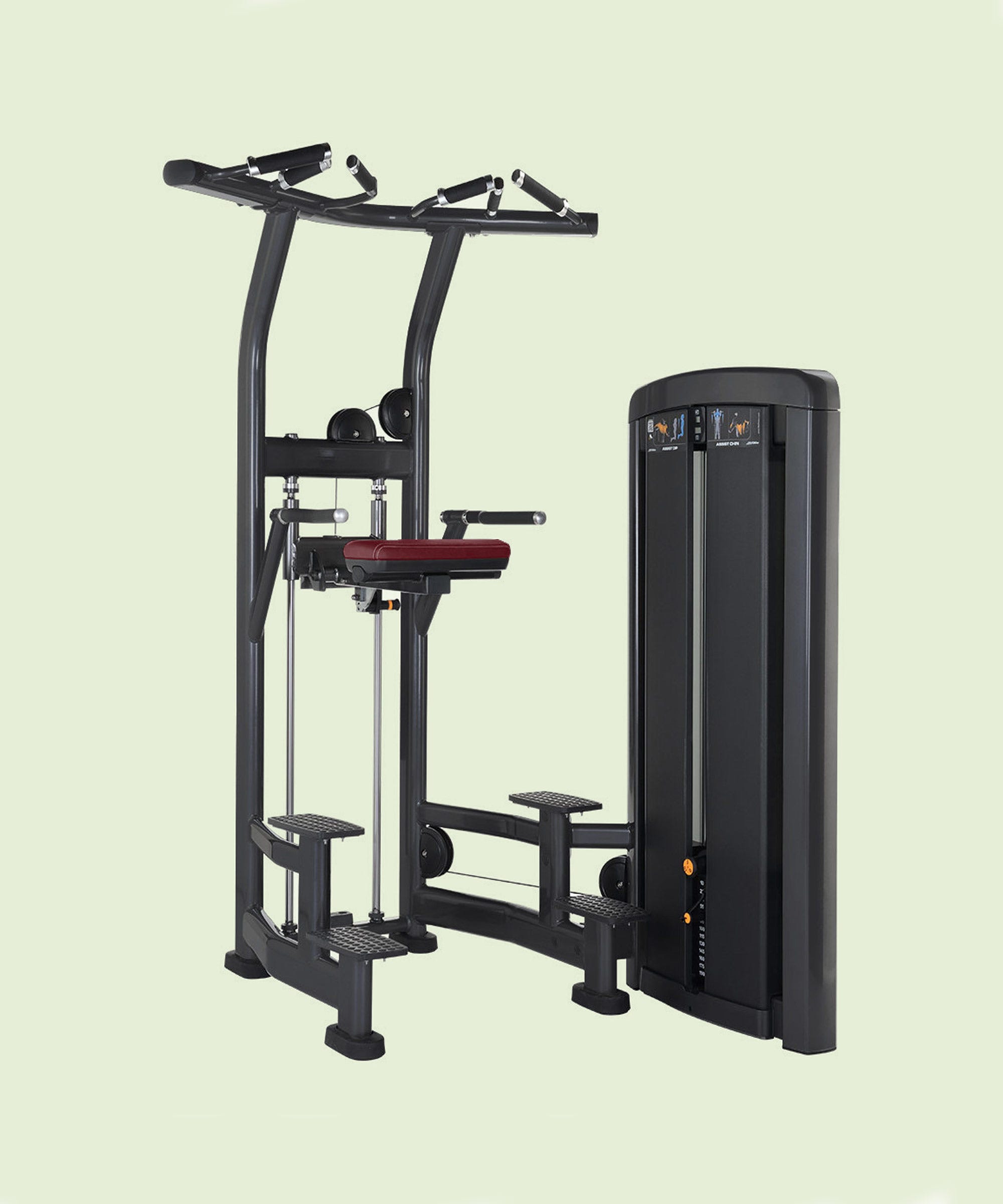
You can find a rewarding career as an athletic trainer if you're looking for financial security and a fulfilling life. You can enjoy many great benefits from this career and the pay can often be very high. This article will explain the requirements to become an athletic trainer, as well as the average salary for those who are certified.
You need to be a certified professional trainer in order to work as an athlete coach.
Accredited education programs are required in order to become a professional coach. To be certified, you will need to pass the Commission on Accreditation of Athletic Training Education. There are 175 multiple-choice questions on the exam and four hours to complete it. To pass, you will need to score at least 500.
If you love people and are passionate about physical exercise, you might be a good fit to become an athletic trainer. A thorough understanding of human anatomy, biomechanics as well exercise is required for this field. It requires passion for the sport. Because football players move differently from baseball players, you will need to adjust your workouts and rehabilitation accordingly.

You must earn a bachelor's in athletic training at an accredited school to be a professional athlete trainer. You will also need to be certified by the Board of Certification for Athletic Trainers. Once you have become certified, licensure can be applied in all 50 states.
Average salary for a certified trainer in athletics
A certified athlete trainer is a qualified professional who can diagnose, treat, and even cure injuries to athletes. Injuries are increasing in frequency among seniors due to an older population and greater emphasis on exercise. Athletic trainers are the first to respond in injury-prone environments. There are many salary options, but most athletic trainers make $44,720 annually. Salaries vary depending upon where they are located, the specialization and how many years you have worked in the field.
The average salary for an athletic trainer certified was $47.510 in May 2018. This was the median annual pay for all full-time athletic trainers in the U.S. The Bureau of Labor Statistics projects that there will almost be a 20 percent increase of athletic trainers' employment by 2026. As a result, the salaries of top candidates will rise. Athletes can be made into athletic trainers or clinical practice administrators.
Average salary for professional athletes trainers in the top 10 cities of the U.S.
With the increase in health-conscious people, athletic trainers are highly in demand. Many states now require that all public high schools have a full-time, athletic trainer. In addition to helping athletes heal, these professionals also help prevent the onset of sports-related injuries.

A professional with four years or more experience can make as much as $44,720 annually as an athletic trainer. The average annual wage for professionals is $38,215. Salaries also vary greatly by geographic location, industry, and education level. Achieving specialization can boost salary substantially.
There are many factors that affect the average salary for a professional athlete trainer. In 2018, the lowest-paid 10 per cent earned $31,000 or less, while those in the top 10 made $71,000. High salaries can be earned by those with extensive experience or those who work at prestigious colleges and professional sporting teams. These professionals may also work long hours and travel extensively.
FAQ
What are resistance training exercises?
Resistance training involves using weights or other objects to perform specific movements. Lifting weights will strengthen your arms. Resistance training helps build muscle mass and bone density. It also promotes overall strength.
Can I exercise after eating?
It depends on the exercise you do. Avoid strenuous exercises after meals. It could cause stomach cramps. Instead, focus on light aerobic activities like brisk walking or biking.
Is it possible to gain weight by exercising?
Not at all. Exercising can help you maintain your current weight. When you work out regularly, you'll build muscles and increase your metabolism, helping you burn more calories throughout the day. This means that you won't store so much fat.
Statistics
- In high-income countries, 26% of men and 35% of women were insufficiently physically active, as compared to 12% of men and 24% of women in low-income countries. (who.int)
- One study showed that adults who watch more than 4 hours of television daily had an 80% higher risk of death from cardiovascular disease. (heart.org)
- Physical activity confers the following maternal and fetal health benefits: a decreased risk of pre-eclampsia, gestational hypertension, gestational diabetes (for example, 30% reduction in risk) (who.int)
- In 2018, the World Health Assembly agreed on a global target to reduce physical inactivity by 15% by 2030 and align with the Sustainable Development Goals. (who.int)
External Links
How To
How to Burn Belly Fats Faster
Belly Fat is often thought of as a problem when trying to lose fat. When you stop and think about it, Belly Fat can actually be a blessing. It is the fat in your stomach that protects your organs. Let's learn how to quickly burn belly fat.
The main factors that contribute to our body fat accumulation are stress and inactivity. Cortisol hormone is stimulated by stress, which causes us to feel constantly hungry. Cortisol levels are increased by insulin. The insulin then stores extra calories as fat. Lack of sleep causes the release of adrenaline into our system, leading to increased appetite. Exercise helps to break down these extra calories.
There are many options to reduce belly weight. All of these methods can be used, depending on your budget. These are some great tips to help you lose belly fat fast.
-
Try to eat less food. Eat smaller meals throughout the day rather than eating three big ones. You'll eat fewer calories this way.
-
Drink lots of water. Water flushes out toxins, and keeps your body hydrated. Water before each meal can help you feel fuller longer and reduce your appetite so that you don't overeat.
-
Avoid unhealthy snacks. If you're looking for quick fixes, snack foods like chips, cookies, candies, etc. Although tempting, they can be very unhealthy. These sweet treats can be tempting, but they are high in empty calories and sugar. Instead, choose healthy alternatives like fruits, veggies, nuts, seeds, and whole grains.
-
Do strength training exercises at least three times per week. Strength training builds muscle mass and burns more calories when you're not working out. It also strengthens bones, muscles, ligaments, tendons, the heart, lungs, and joints.
-
Walk or stretch regularly. Stretching helps to improve flexibility and mobility, which reduces back pain. Walking is a great way of burning calories, especially when you do it for just 30 minutes.
-
Reduce alcohol intake. Alcohol adds empty calories to your diet and has no nutritional value whatsoever.
-
Slowly lose weight. The first step towards losing weight is to identify what your current weight is. Then calculate your ideal weight by adding 5% to 10% of your total body weight. Once you have calculated your target body weight, you can begin to cut calories by 500-1000 calories every day until your goal is reached.
-
Avoid processed foods. These foods are high-in salt, sugar, as well as preservatives. Even though they can be very convenient, these foods lack sufficient nutrients to support your health.
-
Don't skip breakfast! Breakfast is good for your concentration, memory, and energy. Protein (like eggs), fiber and complex carbohydrates (like oatmeal) should be included in breakfast.
-
Have regular bowel movements. Bloating and gas can be caused by irregular bowel movements and constipation. Drink plenty of water to prevent gas and fiber ingestion.